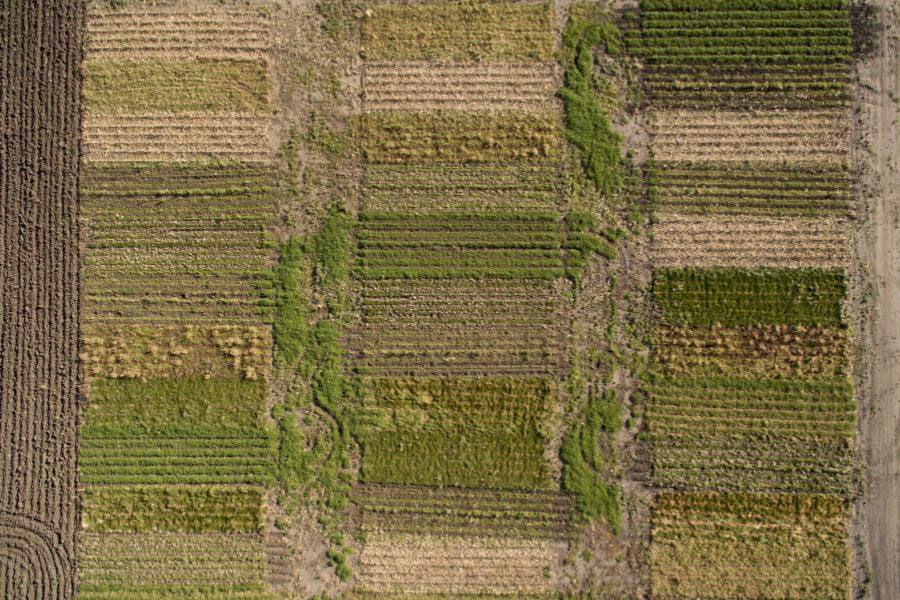American Farm Bureau Federation (AFBF) President Zippy Duvall commented recently on the U.S....
Satellites, AI Could Help Detect Crop Infestations

Satellite-based remote sensing allows us to see much more than we can see when standing on the ground. New research from the University of Minnesota found, when combined with artificial intelligence, remote sensing could dramatically improve management of soybean aphids.
Published in the journal Crop Protection, the study shows that publicly available data from the Sentinel-2 satellite system — a pair of satellites orbiting Earth collecting imagery data — can be used to detect and classify infestations of soybean aphid in commercial fields, according to a University of Minnesota news release.
Researchers compared Sentinel-2 imagery of commercial soybean fields with infestation assessments from staff manually counting aphids on plants in those fields. The team used regression analyses to determine if satellite data could detect plant stress caused by aphids.
They found:
Stress to soybean plants caused by soybean aphid can be detected by satellite-based remote sensing.
The abundance of soybean aphid was found to significantly affect simulated and actual Sentinel-2 satellite data.
Using a machine-learning algorithm called support vector machine, the researchers input actual satellite data and used the AI to accurately determine which soybean fields had high enough levels of aphid infestation to require insecticide applications to protect yields.
“Satellite data from dozens of commercial soybean fields have been successfully used to develop AI-predictions of when and where to spray for aphid control. This breakthrough shows the value of multidisciplinary research,” said David Mulla, a Professor in the University of Minnesota Department of Soil, Water and Climate.
Farmers traditionally determine when and where to apply insecticides by walking through fields and counting aphids on individual plants and relating that estimated abundance to a treatment threshold. This laborious, time-consuming task deters some farmers from implementing integrated pest management. These research findings support more efficient pest scouting methods, increasing the economic and environmental sustainability of soybean production.
“The findings of this study can benefit the farmers directly with practical management decisions, and also the scientific community because the methods developed here can be expanded to other studies with multiple pests,” said lead author Arthur Ribeiro, a post-doctoral associate in the Department of Entomology.
Further research is needed to improve the ability to distinguish stress caused by soybean aphid from that caused by other stressors such as drought, disease or other pests.
“This tool provides the groundwork for developing a system to help farmers save time and money by prioritizing fields for more intensive ground- or drone-based scouting, and possibly enabling decision making for individual fields,” said Robert Koch, a professor in the Department of Entomology.
EDITOR’S TAKE:
Freeing up time by using satellite imagery and AI can help farmers improve efficiency in their operation. Developing action recommendations from the data can help reduce the cost of spraying and related field work. Saving time and money is good for any business, especially farming. This is groundbreaking research that can lead to a much better outcome for farmers/ranchers and the environment.
Speaking of cost savings and better outcomes, are you using AgPack® to your full advantage. AgPack® can be a great sales tool. By pointing out the potential savings of up to $35,000 through exclusive rebates and discounts, you can close the deal with farmers and ranchers. That is a huge return on investment for their qualifying truck or SUV lease or purchase. We call it “Hood Cash”! And the good news for you – it is the cherry on top of any other deal you might work out with a customer. It’s good for the customer and it’s good for you!








